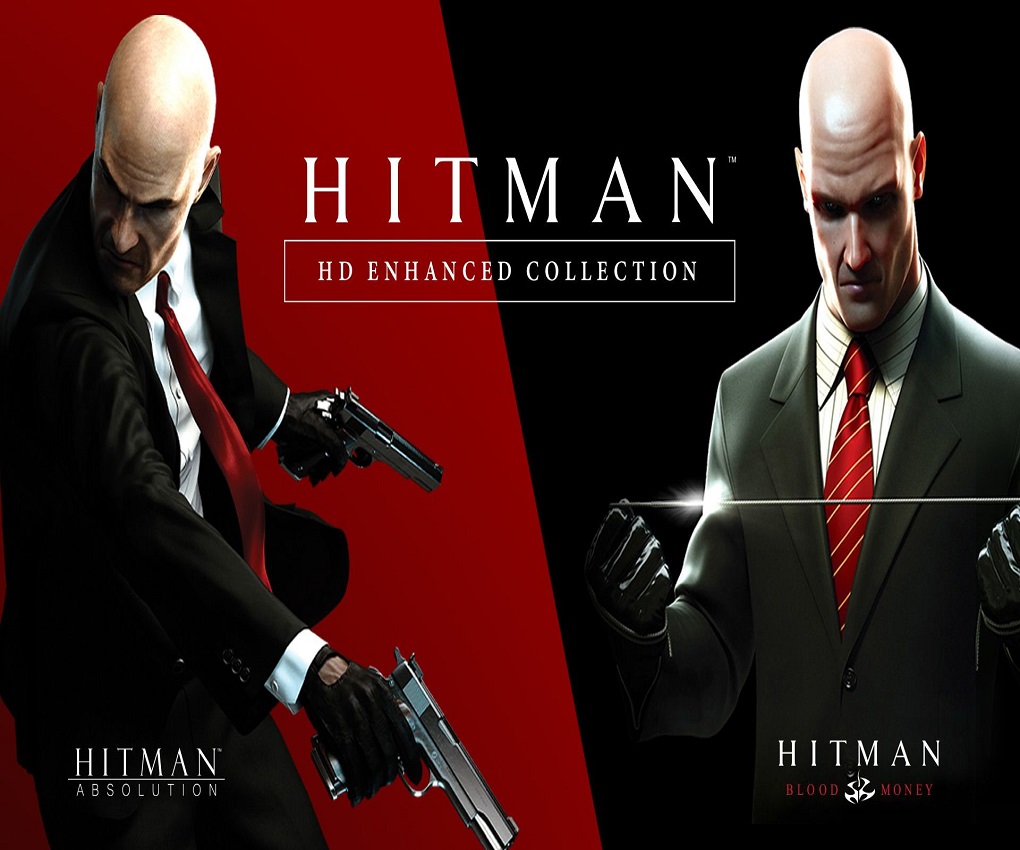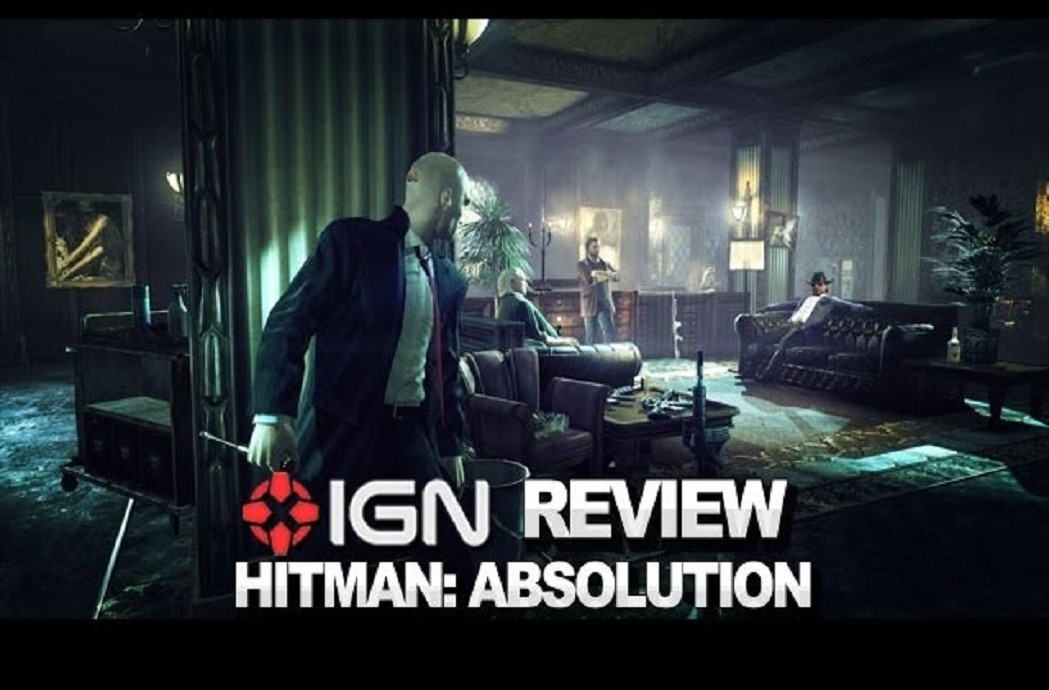Introduction Hitman: Absolution
When Hitman: Absolution apk moblie launched in 2012, it instantly became one of the most talked-about titles in the series. The game aimed to modernize the stealth formula and bring cinematic storytelling to the forefront. However, the results were mixed. While some players admired the game’s technical polish and ambitious storyline, others lamented the departure from the open-ended design that had defined previous Hitman titles.
In this detailed Hitman: Absolution review, we’ll explore the gameplay mechanics, story direction, graphics, and how it compares to other installments – all to determine whether this controversial mission still holds up today.

Gameplay Mechanics: Between Innovation and Restriction
The Instinct System: A Double-Edged Upgrade
Hitman: Absolution introduced the Instinct system, a key gameplay innovation that allows Agent 47 to visualize enemy patrols, mark targets, and perform precise takedowns. This mechanic added tactical flexibility — especially for newcomers — but purists found it made stealth feel more guided than earned.
Where earlier games like Hitman: Blood Money demanded meticulous observation and improvisation, Absolution often rewards the player for using pre-defined paths or scripted options.
Level Design: From Sandboxes to Corridors
The most striking change in Absolution’s design is its shift from sandbox missions to smaller, segmented areas. Instead of sprawling, multi-solution levels like “A New Life” or “The Murder of Crows,” players often navigate through linear environments with limited exploration.
That said, standout missions such as “Chinatown” and “Hunter and Hunted” retain the series’ signature stealth creativity, reminding players why Hitman’s design philosophy remains timeless.
Stealth, Combat and AI Behavior
Stealth remains the intended playstyle, but Absolution offers more leniency for open combat than its predecessors. Players can go loud with an arsenal of weapons, though doing so sacrifices the Silent Assassin rating.
The disguise system has also evolved — and not always for the better. NPCs wearing similar outfits will recognize you faster, forcing players to think twice before switching clothes. It’s a realistic twist, but one that can feel punishing without the freedom of prior entries.
Story and Themes: A Cinematic Turn for Agent 47
A Personal Mission with Moral Stakes
Unlike previous games that focus on contract killing, Absolution delivers a character-driven narrative. Agent 47 is assigned to eliminate his handler, Diana Burnwood, only to discover she’s protecting a genetically engineered girl named Victoria. The mission soon becomes personal, with 47 defying the Agency and battling corrupt corporations across America.
While the story adds emotional depth, some fans argue it strays too far from the cold professionalism that defined earlier games. The heavy reliance on cutscenes and dialogue also shifts the pacing from tactical freedom to cinematic progression.
Comparing to Other Hitman Titles
-
Hitman: Blood Money (2006): Focused on freedom, choice, and creativity — the gold standard for many fans.
-
Hitman: Absolution (2012): More narrative-driven, visually stunning, but less flexible.
-
Hitman: World of Assassination Trilogy (2016–2021): Successfully blends both approaches, offering cinematic flair with sandbox freedom.
In essence, Absolution stands as a transitional experiment — a bridge between old-school simulation and modern stealth storytelling.
Graphics and Sound Design: A Cinematic Showcase
Even a decade after release, Hitman: Absolution remains visually impressive. Powered by IO’s Glacier 2 engine, the game delivers dense crowds, realistic lighting, and meticulous detail in environments like Chinatown or the Terminus Hotel.
The sound design complements the visuals perfectly — every footstep, gun click, and whispered conversation adds tension. Jesper Kyd’s absence in the soundtrack is noticeable, but the new musical direction amplifies the game’s darker, emotional undertones.
Performance-wise, modern systems handle the game smoothly, and the HD re-release ensures sharper textures and stable framerates for contemporary players.
Fan Reception and Controversy
The response to Hitman: Absolution was sharply divided:
-
Critics praised its visuals, storytelling, and production quality.
-
Fans criticized its linearity, restrictive levels, and departure from sandbox design.
Over the years, the community has grown more forgiving. Many now view Absolution as an experimental detour that helped IO Interactive refine its vision for later titles. Without its bold risks, we might never have seen the acclaimed Hitman (2016) trilogy in its current form.

How Absolution Shapes the Modern Hitman Experience
Despite its flaws, Hitman: Absolution deserves recognition for pushing boundaries. It streamlined stealth mechanics, introduced cinematic flair, and built narrative depth around Agent 47 — elements that future games refined beautifully. If you’re new to the series, Absolution offers an accessible, story-driven entry point. For veterans, it’s a fascinating case study in how even missteps can shape a franchise’s evolution.
Conclusion
In short, this Hitman: Absolution review reveals a game that dares to experiment — sometimes successfully, sometimes unsuccessfully. It combines classic stealth elements with cinematic storylines, leaving a deep imprint in the brand’s DNA. For more details on mobile games, Android games, and stealth game reviews, check out our latest features at APKFami — your trusted source for the best Android gaming news and insights.
